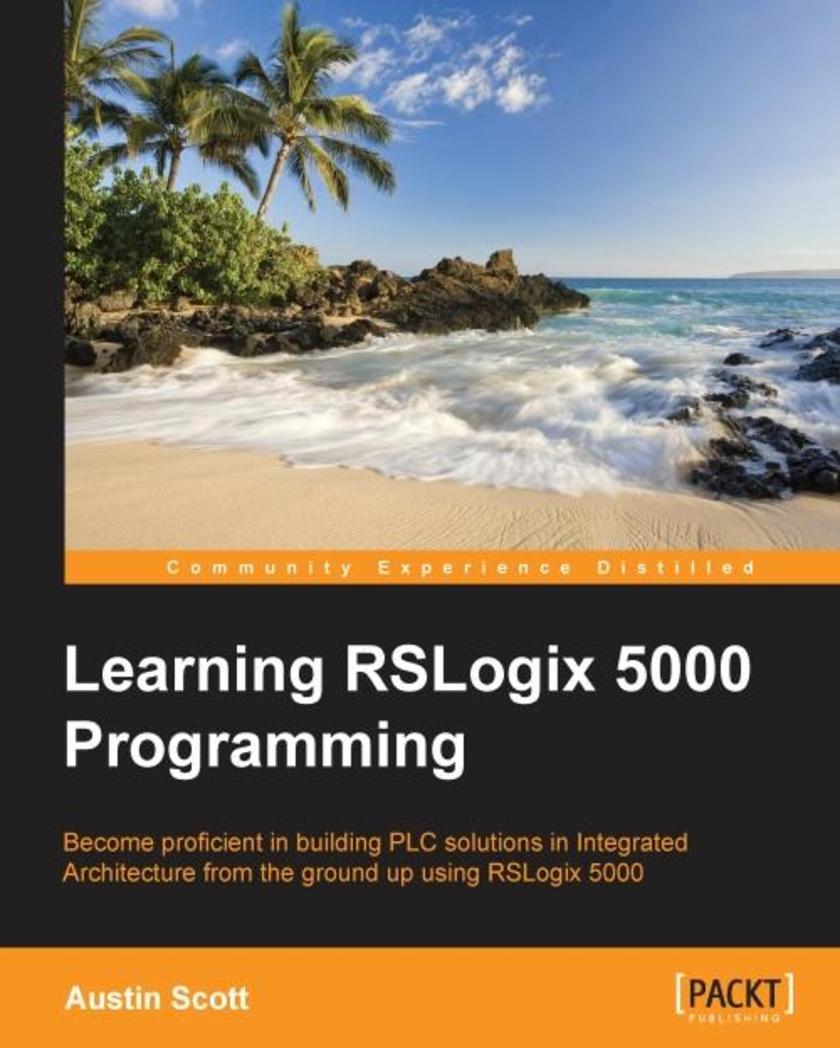
Learning RSLogix 5000 Programming
¥71.93
This book is for PLC programmers, electricians, instrumentation technicians, and automation professionals with basic PLC programming knowledge, but no knowledge of RSLogix 5000. If you are a student who is familiar with automation and would like to learn about RSLogix 5000 with a minimal investment of time, this is the book for you.
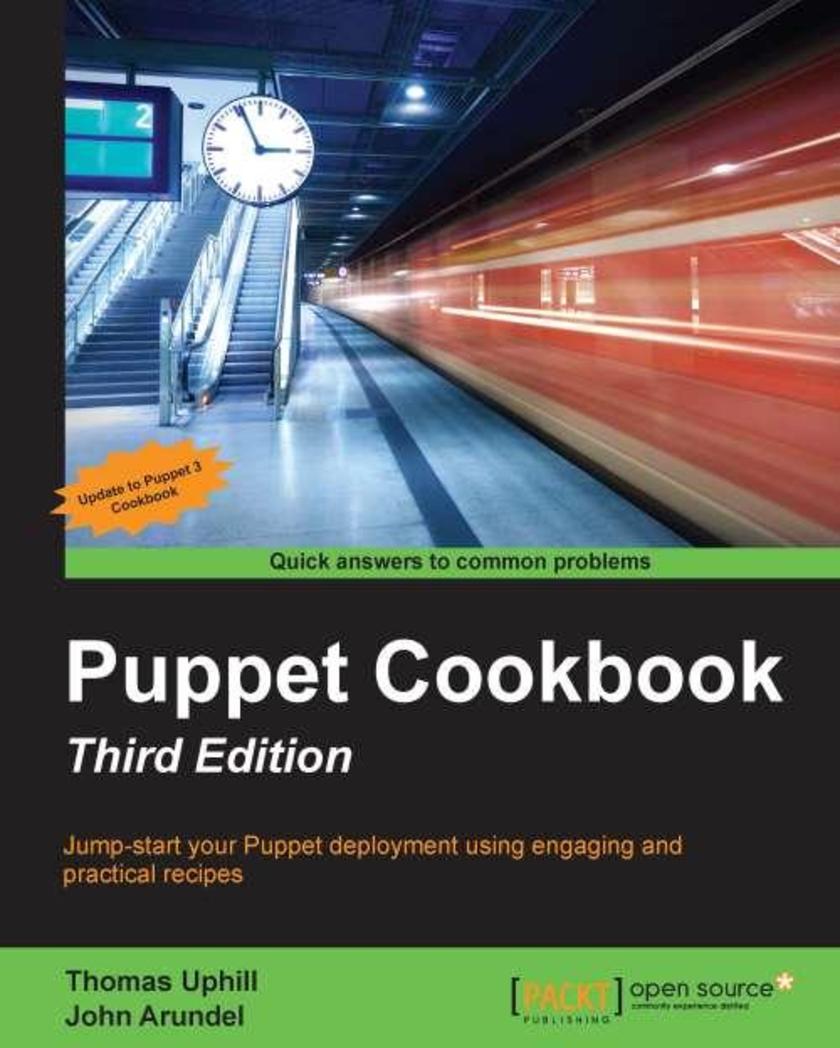
Puppet Cookbook - Third Edition
¥80.65
This book is for anyone who builds and administers servers, especially in a web operations context. It requires some experience of Linux systems administration, including familiarity with the command line, file system, and text editing. No programming experience is required.
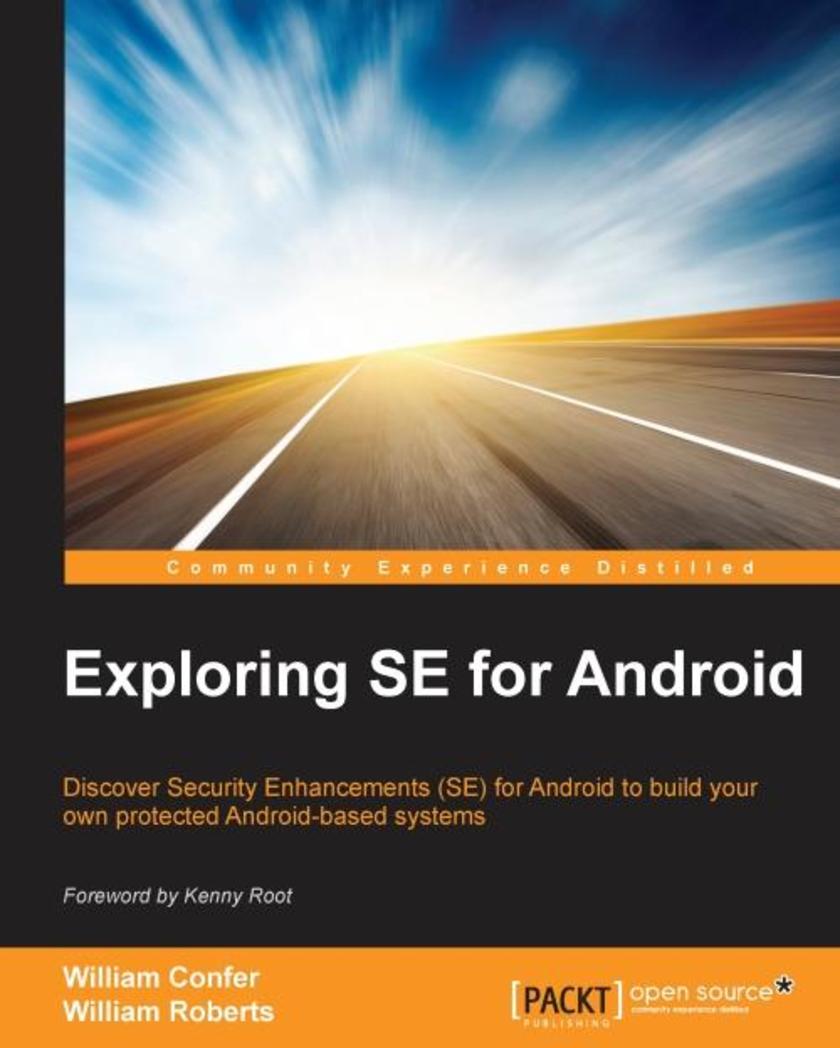
Exploring SE for Android
¥80.65
This book is intended for developers and engineers with some familiarity of operating system concepts as implemented by Linux. A basic background in C code would be helpful. Their positions range from hobbyists wanting to secure their Android powered creations to OEM engineers building handsets to engineers of emerging areas where Android is seeing growth.
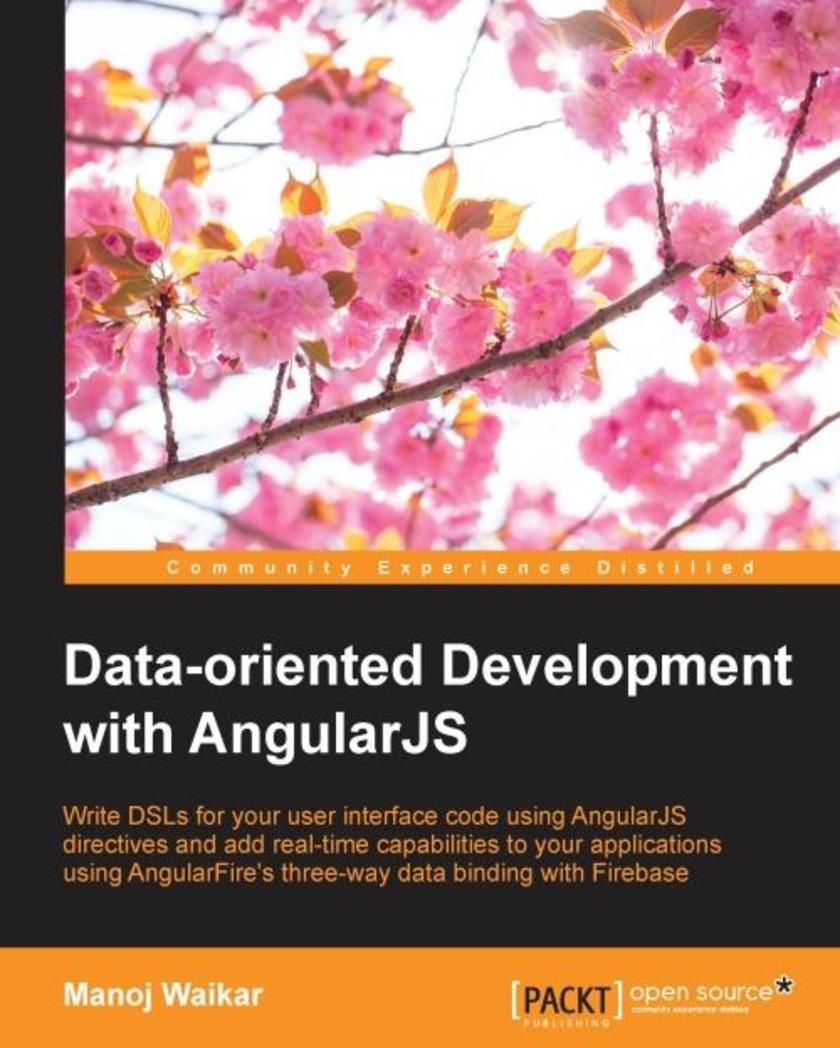
Data-oriented Development with AngularJS
¥45.77
This book helps beginner-level AngularJS developers organize AngularJS applications by discussing important AngularJS concepts and best practices. If you are an experienced AngularJS developer but haven't written directives or haven't created custom HTML controls before, then this book is ideal for you.
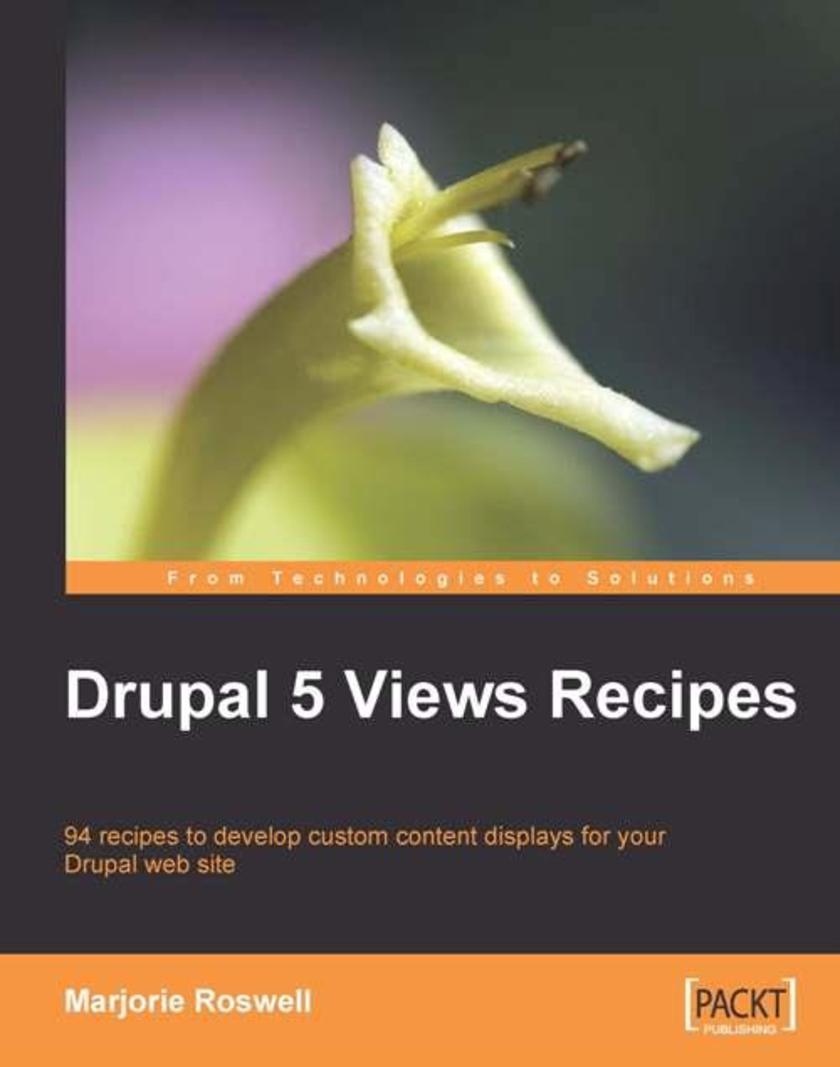
Drupal 5 Views Recipes
¥90.46
This book will give you a long list of powerful recipes. Choose the ones that suit your needs and use them through step-by-step instructions. Most of the recipes are code-free, but a number of the recipes contain code snippets. This book is primarily written for Drupal site builders, administrators, and themers who want to develop custom content displays using Views. It can be used by anyone who has a Drupal 5 web site, including original site developers as well as people who have inherited a Drupal 5 site. Some knowledge of HTML and CSS is required; PHP basics will be handy for some of the recipes.
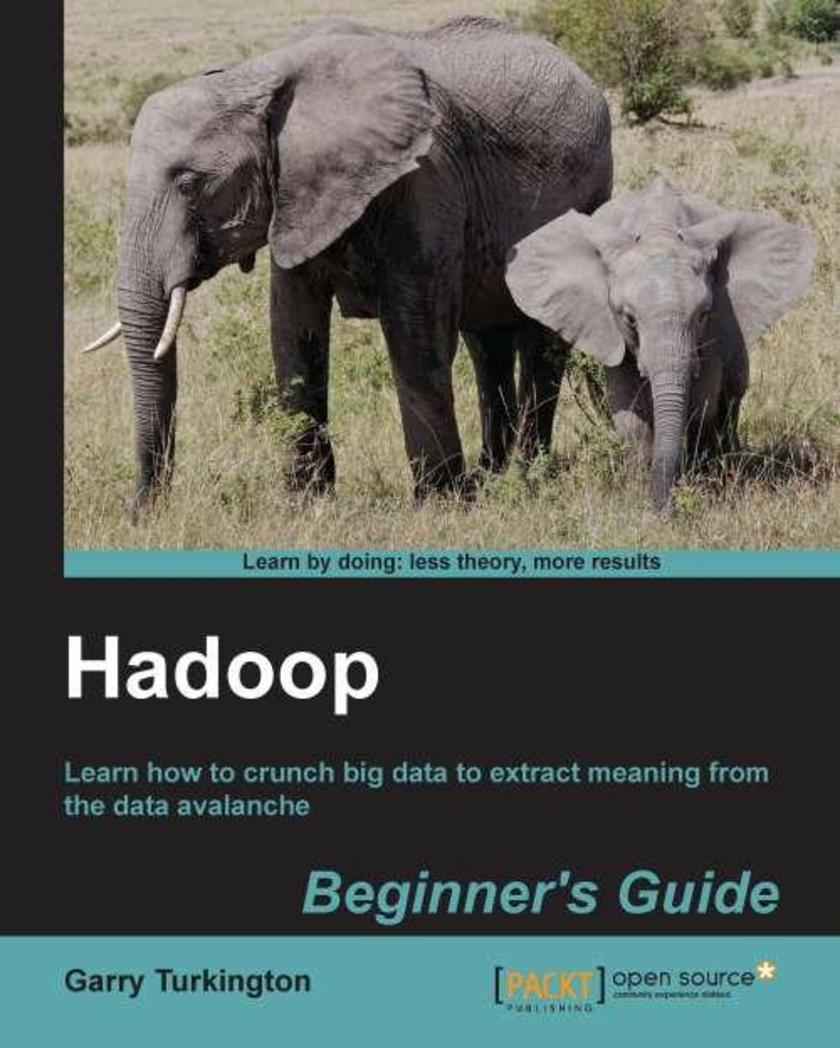
Hadoop Beginner's Guide
¥90.46
As a Packt Beginner's Guide, the book is packed with clear step-by-step instructions for performing the most useful tasks, getting you up and running quickly, and learning by doing. This book assumes no existing experience with Hadoop or cloud services. It assumes you have familiarity with a programming language such as Java or Ruby but gives you the needed background on the other topics.
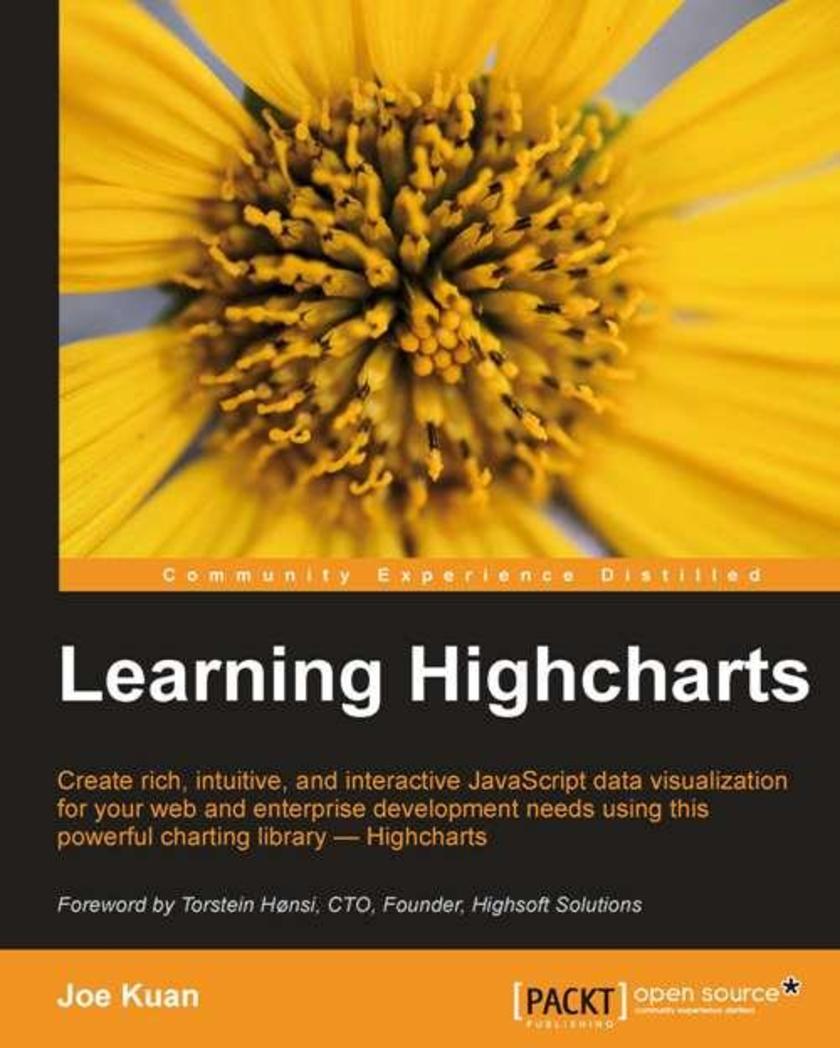
Learning Highcharts
¥80.65
A complete practical and comprehensive tutorial with clear and step-by-step instructions along with many examples. It's packed with examples, code samples and practical tips in a no-nonsense way. This book is both for beginners and advanced web developers who need to create interactive charts for their web applications. It primarily targets JavaScript Web developers who want to use the Highcharts library to prepare interactive and professional-quality charts and graphs for their applications quickly and easily. Prior experience with JavaScript is assumed.
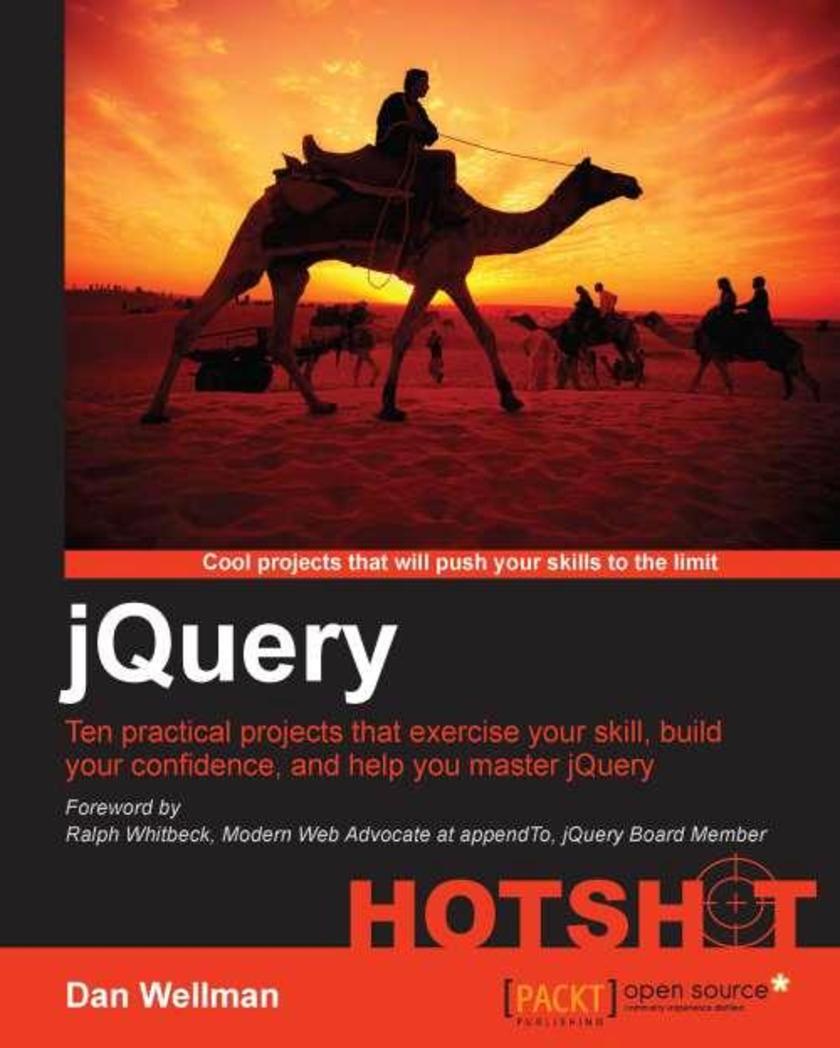
jQuery Hotshot
¥80.65
This book takes a hands-on, tutorial-style approach that walks you step -by -step through 10 individual projects that each focus on producing a specific, real-world product or application. This book is aimed primarily at front-end developers, preferably already with a little jQuery experience, or those people that simply want to build on their existing skills with jQuery.
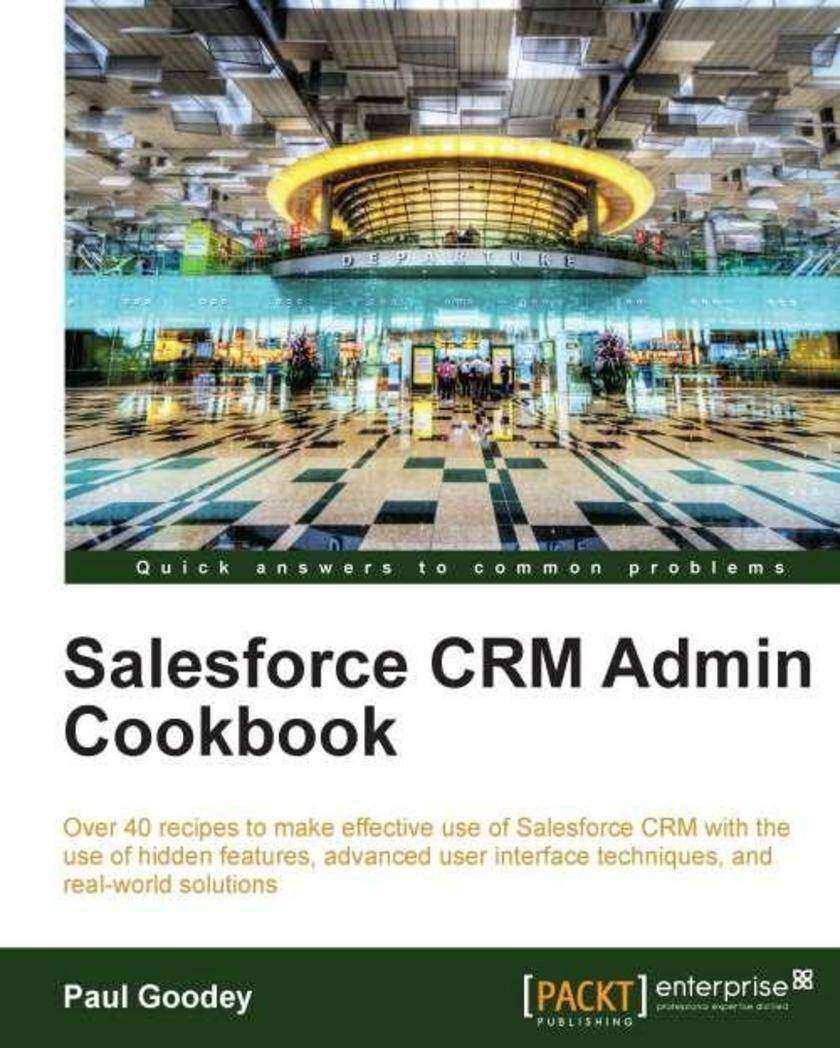
Salesforce CRM Admin Cookbook
¥107.90
This book is written in a Cookbook-style format and provides you with immediately useable recipes that extend the functionality of Salesforce CRM and solves real-world problems encountered within the Salesforce CRM application. The recipes in this Cookbook contain proven, step-by-step instructions along with detailed screenshots. This Cookbook has been designed so that you can read it chapter by chapter, starting with recipes that provide enhancements to the user interface, and finishing with recipes that cover data and systems integration. You can also refer to the list of recipes and choose to access them in no particular order. Either method allows you to rapidly implement solutions in your organization that extend and enhance the functionality of Salesforce CRM for your users. This book is for Salesforce administrators and developers who want to quickly incorporate enhanced functionality and extend the power of Salesforce CRM. Whether you are a Salesforce novice or a more experienced administrator, this book provides practical, step-by-step instructions in the use of hidden features, advanced user interface techniques, and solutions for process automation, plus data and systems integration. Not only are standard Salesforce CRM features covered, such as workflow and approval processes, validation rules, and formula fields, but you will also be exposed to further technologies that include HTML, Java*, CSS, Apex, and Visualforce.
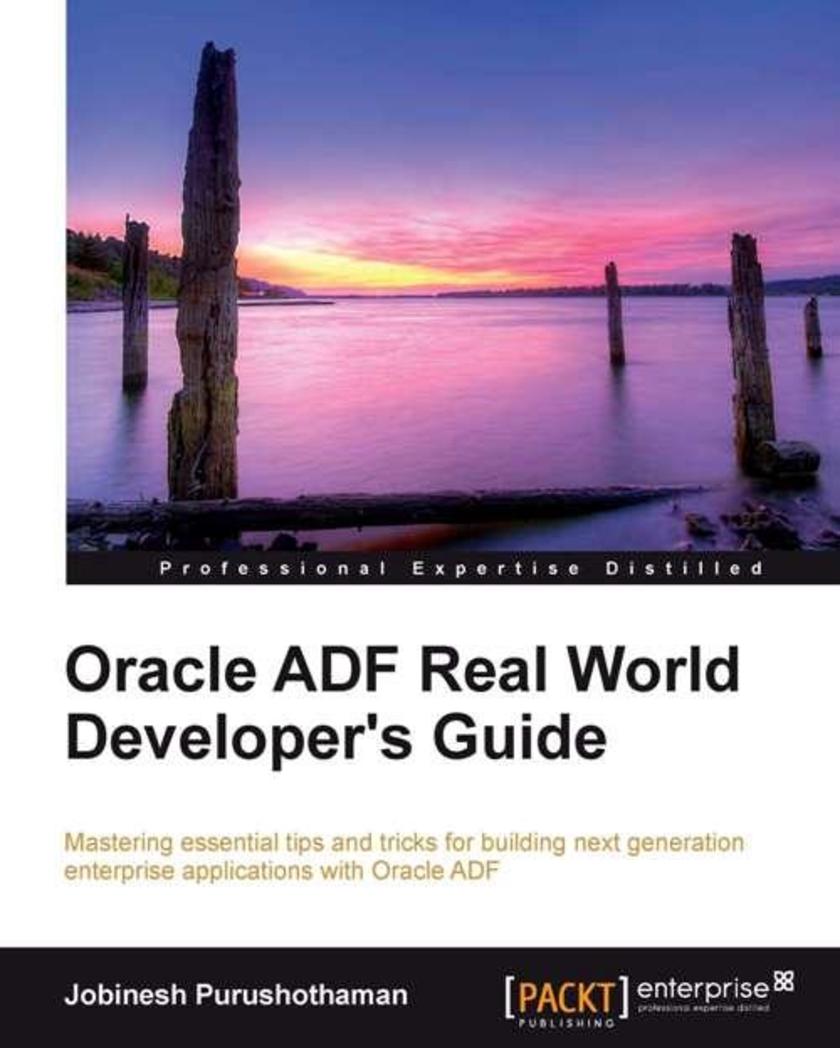
Oracle ADF Real World Developer’s Guide
¥107.90
This book is written in simple, easy to understand format with lots of screenshots and step-by-step explanations,If you are an ADF developer looking forward to building healthy and better performing applications using Oracle ADF, then this is the best guide for you. You need to be proficient with Java and ADF before getting started with this book.
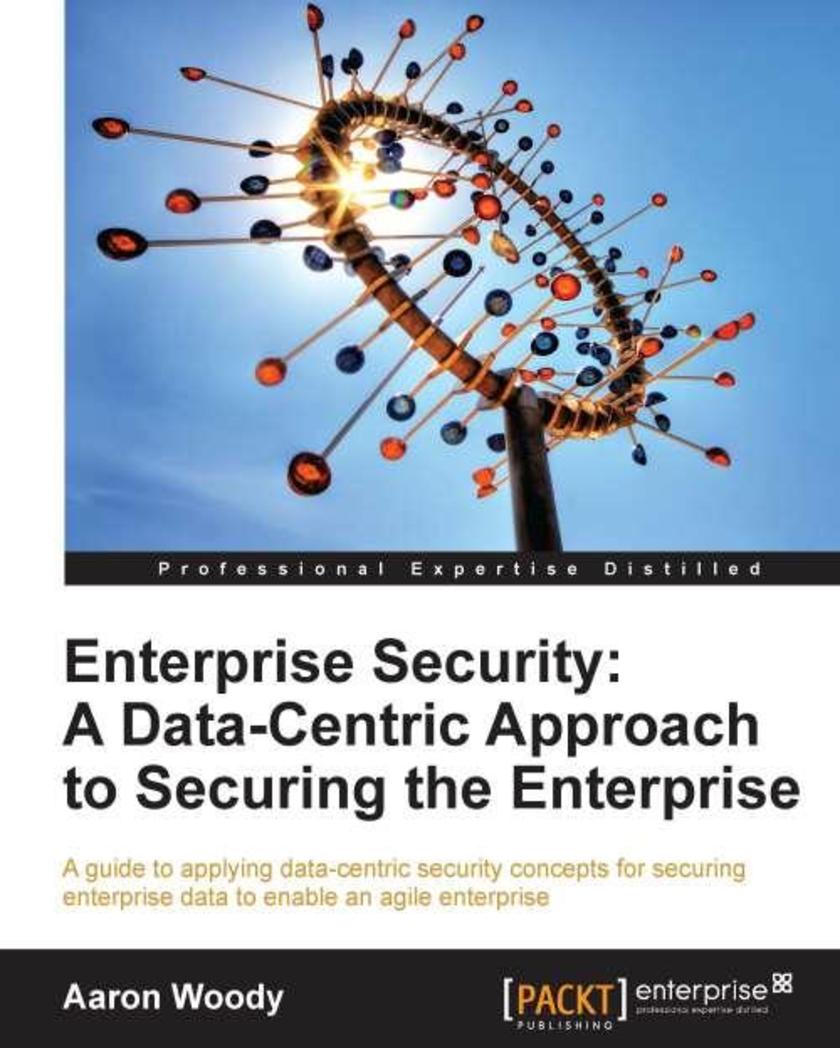
Enterprise Security: A Data-Centric Approach to Securing the Enterprise
¥80.65
It’s a reference guide to enterprise security programs. This book is intended for the IT security staff beginner to expert but would also be a valuable resource for other IT functions such as IT compliance, IT operations, and executives responsible for managing IT and information security. Understanding the principles in this book is important for decision makers as new business models are developed and enterprise security must keep up to reduce risk and secure critical enterprise assets and data.
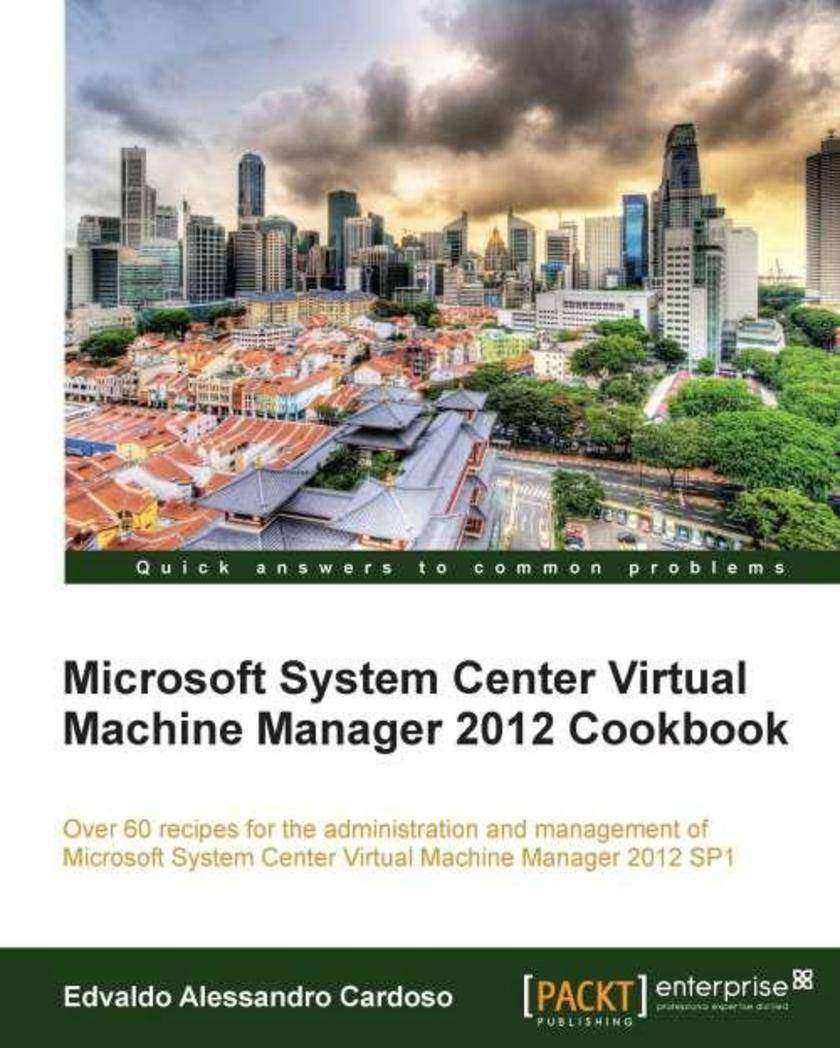
Microsoft System Center Virtual Machine Manager 2012 Cookbook
¥90.46
This is a Packt Cookbook, full with over 75 recipes for VMM users to carry out vital tasks quickly and easily. This book is written for solutions architects, technical consultants, administrators, and any other virtualization lover who needs to use Microsoft System Center Virtual Machine Manager in a real world environment.
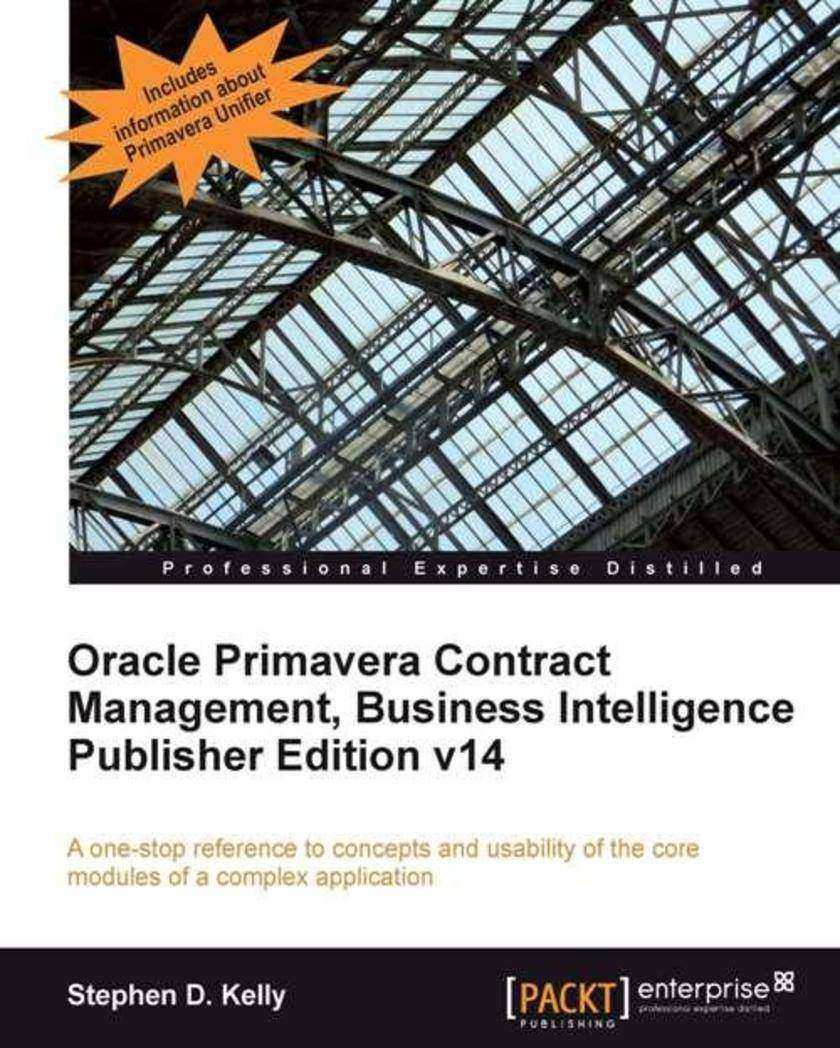
Oracle Primavera Contract Management, Business Intelligence Publisher Edition v1
¥63.21
This book is packed with real world examples that cover concepts and usability of the core modules of a complex application. If you are Project manager or consultant looking forward to using and implementing Oracle Primavera Contract Management in your organization, then this is the best guide for you. No prior knowledge of PCM required.
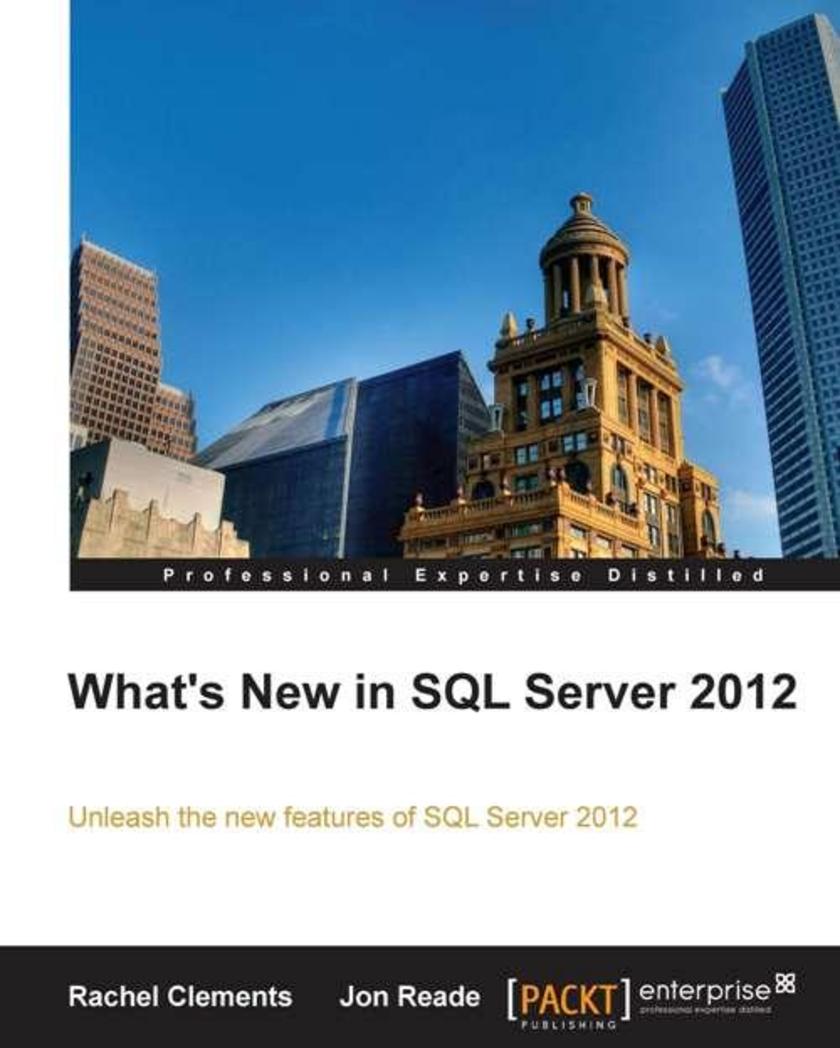
What's new in SQL Server 2012
¥63.21
This is a hands-on book to quickly get you up to speed with SQL Server 2012. It covers all the new features of the core database engine as well as the business intelligence (BI) services.The book begins by taking you step-by-step through the installation process, showing you what to install and which services and features you need. Once you have your SQL Server in place, you learn how to administer it and then explore new T-SQL functions to expand your query-writing toolkit. You will discover how the enhancements to Integration Services, Analysis Services and Reporting Services make developing BI solutions easier. It will then introduce you to SQL Server Data Tools, your new and improved development environment for creating database and BI projects.A hands-on example guides you through the steps required to run Distributed Replay, giving you the experience you need to apply this in the field. The book then takes you through a detailed example to show you how to create a Data Quality Services project and cleanse real-world data. Easy to follow code samples provide you with the queries you need to set up Availability Groups using the new AlwaysOn technology.Once you are comfortable with these new features you will be ready to migrate your data to the cloud and into SQL Azure. An exploration of Hadoop will help you understand big data and how it really is the next big thing,This concise reference is for database administrators, SQL Server Developers and BI professionals. Anyone who is familiar with SQL Server 2008 R2 and needs to make the jump to the latest version with the shortest learning curve will find this book useful.
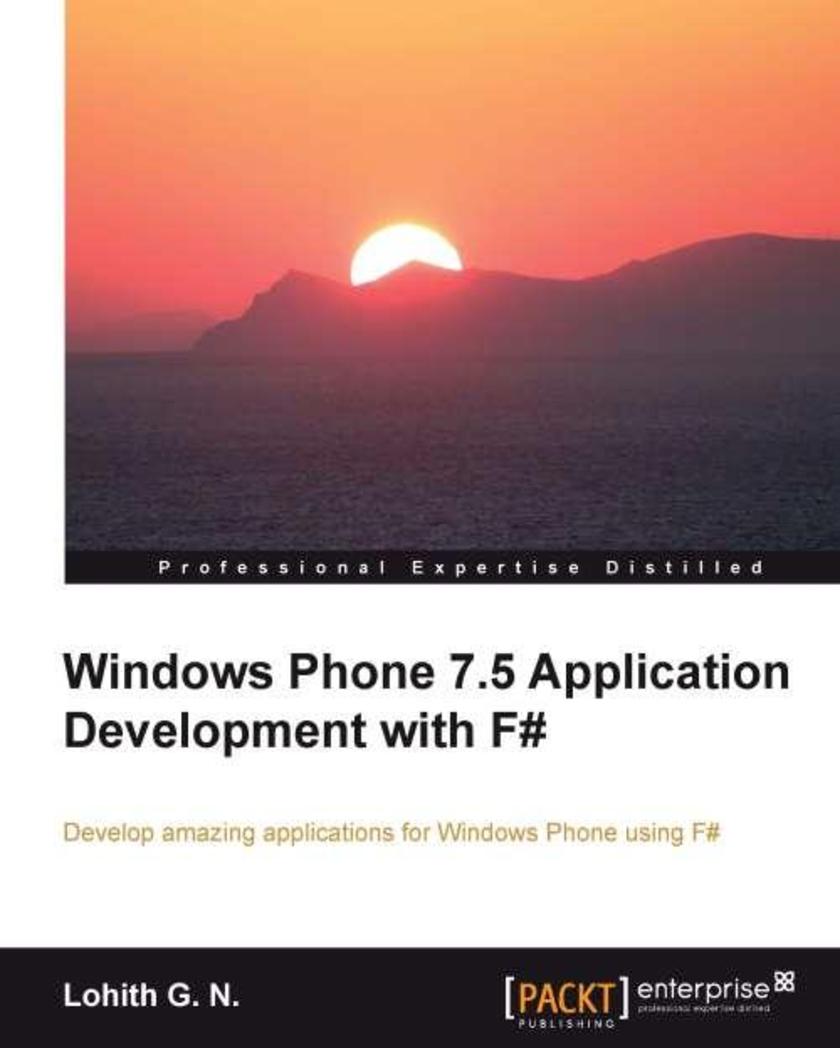
Windows Phone 7.5 Application Development with F#
¥45.77
A short book with important concepts and instructions. This book is for those who want to find out more about Windows Phone and are familiar with functional programming languages, and in particular, F#. The book assumes that you know how to program using F# as a language. However, the book does take you through a brief introduction to Windows Phone as a platform and F# as a language.
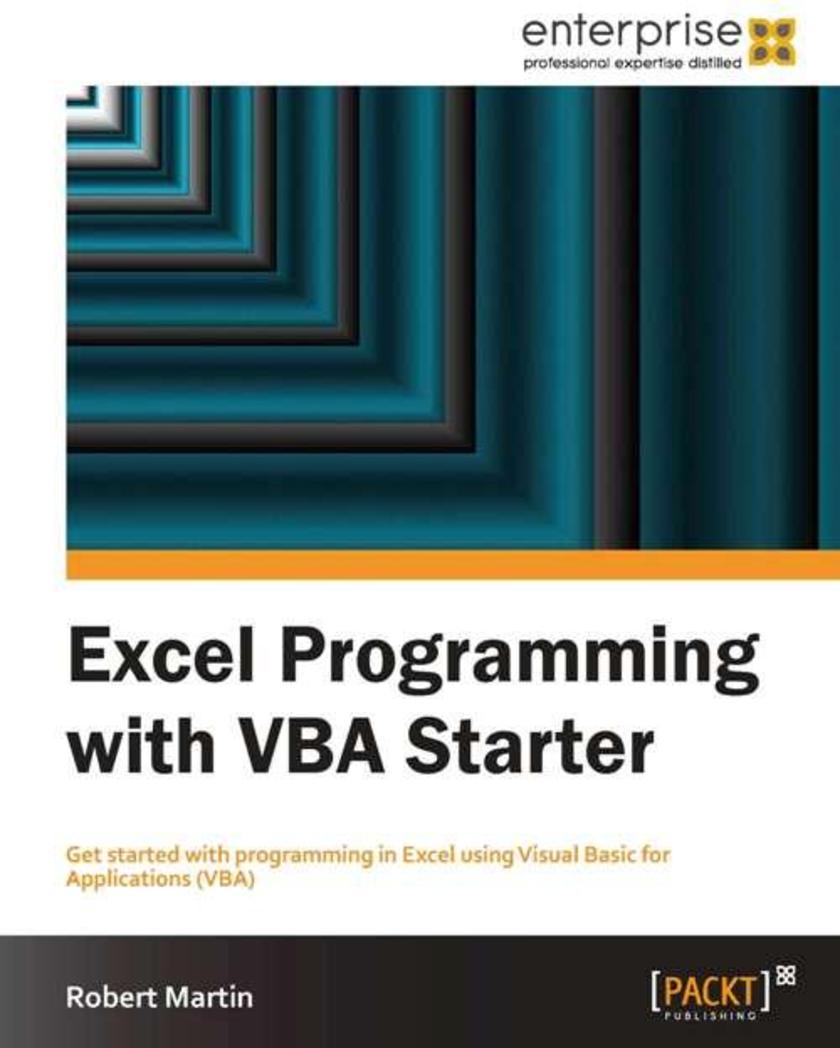
Excel Programming with VBA Starter
¥35.96
This is a starter guide, covering the basics you need to get up and running as quickly as possible. This book is written for users of Excel who want to speed up and streamline normally arduous tasks for maximum productivity.
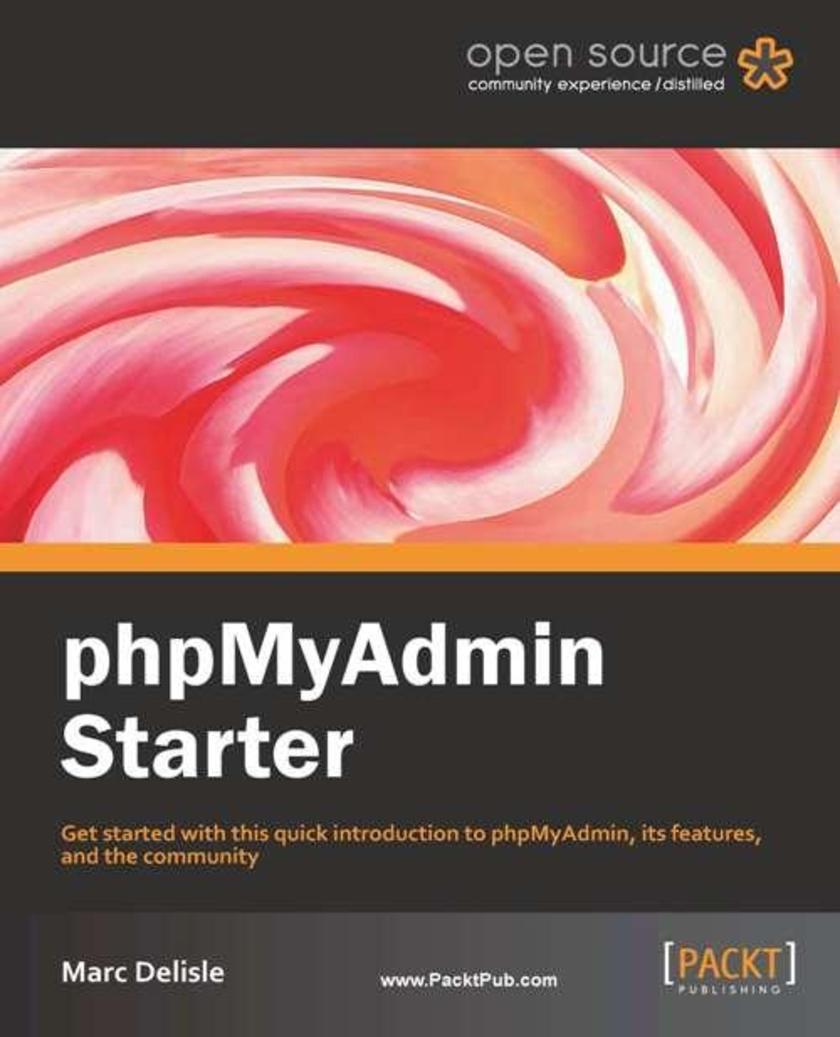
phpMyAdminStarter (Microcontent)
¥41.41
If you are new to MySQL or wish to simplify managing your databases, this will provide you with an excellent path into a potentially tricky subject.
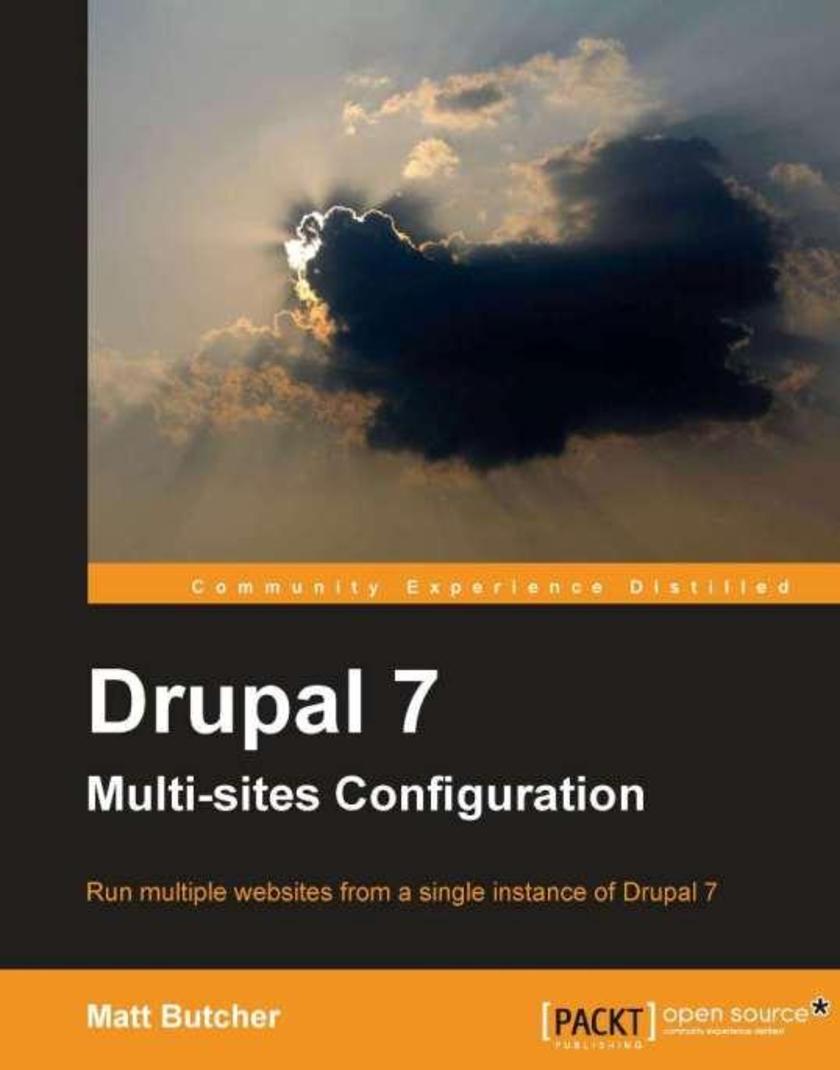
Drupal 7 Multi Sites Configuration
¥45.77
Follow the creation of a multi-site instance with Drupal. The practical examples and accompanying screenshots will help you to get multiple Drupal sites set up in no time. This book is for Drupal site builders. It is assumed that readers are familiar with Drupal already, with a basic grasp of its concepts and components. System administration concepts, such as configuring Apache, MySQL, and Vagrant are covered but no previous knowledge of these tools is required.
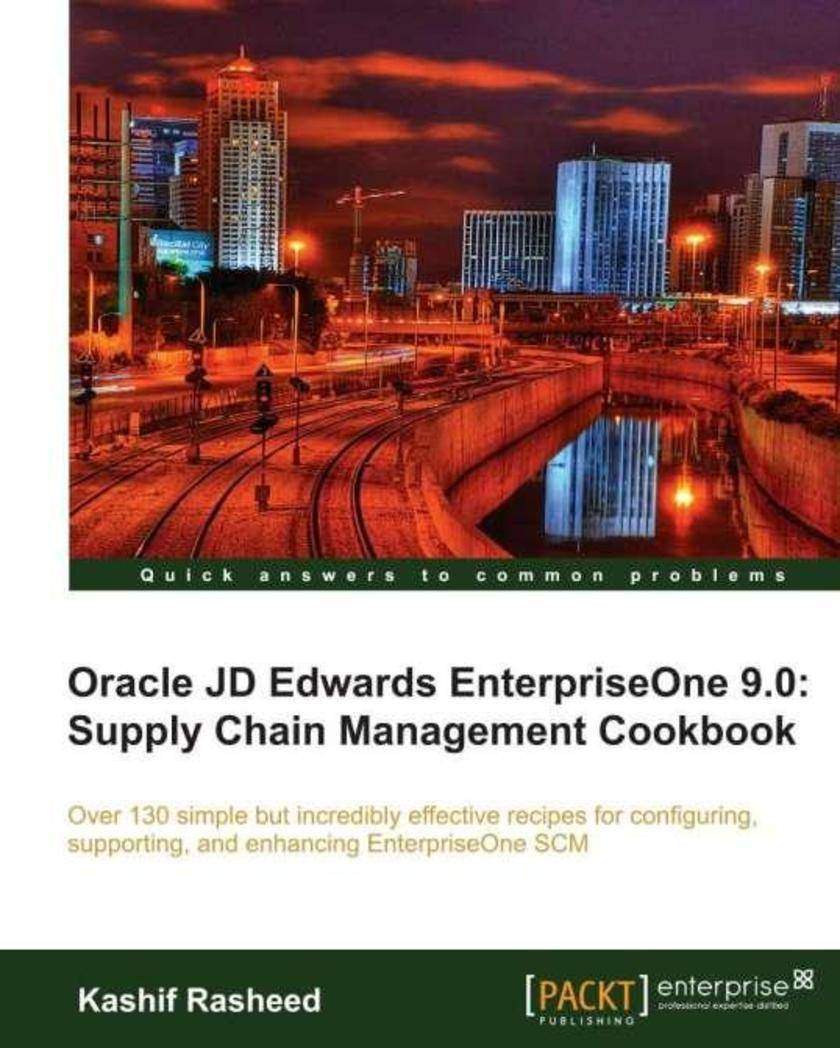
Oracle JD Edwards EnterpriseOne 9.0: Supply Chain Management Cookbook
¥99.18
A cookbook full of practical and immediately useable recipes for real world business implementation of EnterpriseOne Supply Chain Management. If you are a functional consultant, technical consultant/developer, or project manager and want to improve your business perspective of EnterpriseOne SCM, this book is for you. You should have basic knowledge of navigating EnterpriseOne and general supply chain familiarity. Knowledge of the Common Foundation JDE 9.0 module is advantageous; the supply chain business domain knowledge will be an add-on to this.
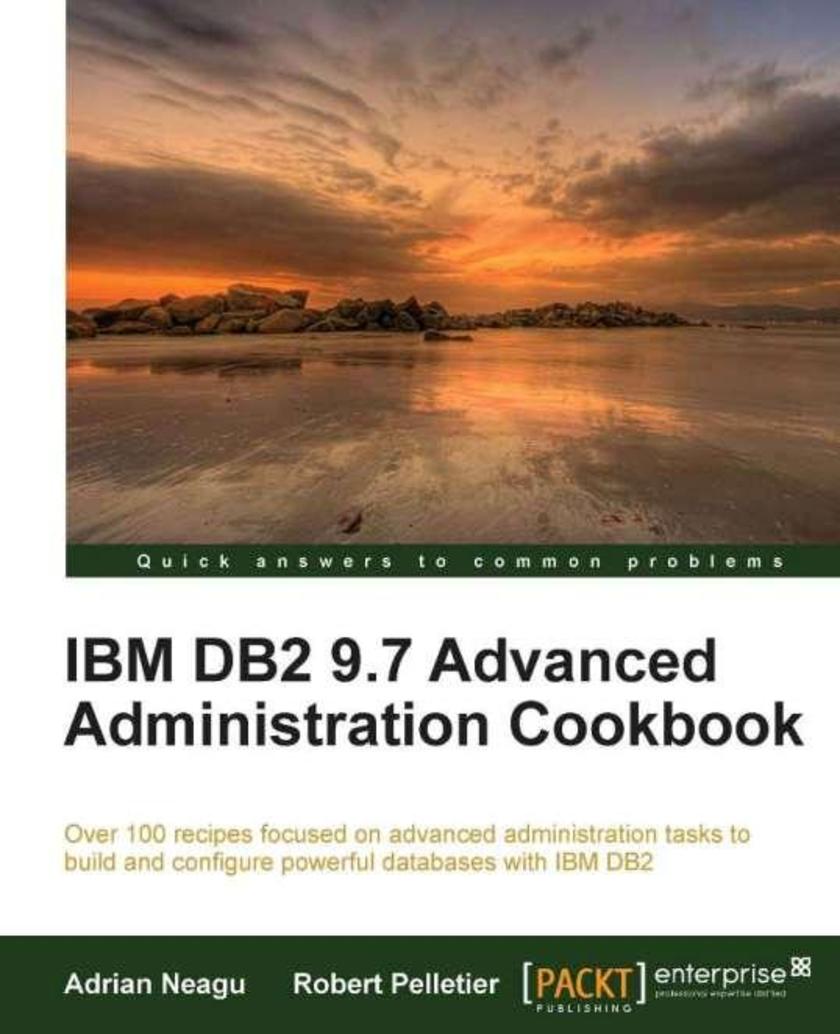
IBM DB2 9.7 Advanced Administration Cookbook
¥116.62
This cookbook has recipes written in a simple, easy to understand format, with lots of screenshots and insightful tips and hints. If you are a DB2 Database Administrator who wants to understand and get hands on with the underlying aspects of database administration, then this book is for you. This book assumes that you have a basic understanding of DB2 database concepts.
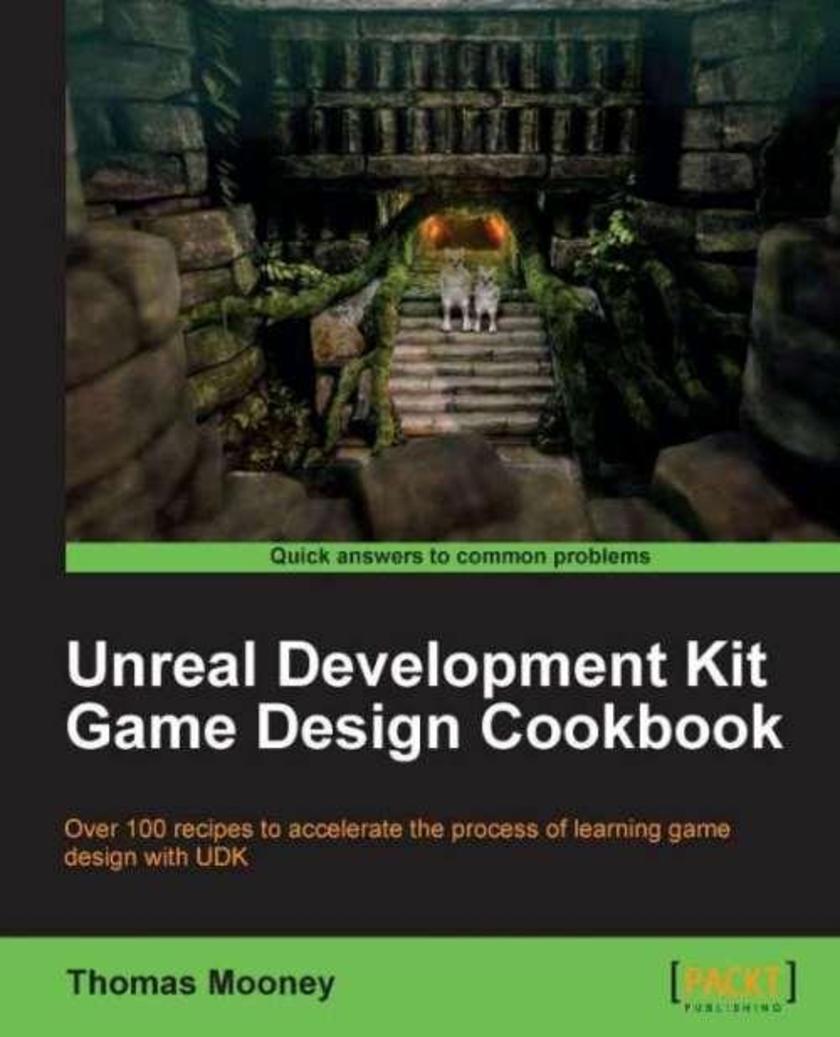
Unreal Development Kit Game Design Cookbook
¥99.18
Written in cookbook style, this book offers many recipes to learn game design with UDK. Each recipe contains step-by-step instructions followed by analysis of what was done in each task and other useful information. The book is designed so that you can read it chapter by chapter, or you can look at the list of recipes and refer to them in no particular order. This book is meant for game artists who are getting used to UDK but may feel the need for guidance on matters of implementation. It also targets brave beginners who are struggling to find an all in one package for getting started with UDK, and want a ready to hand reference. Level designers can use this book to gauge their understanding of the editor, check for specific problems, and discover gems they may not have come across before.




 购物车
购物车 个人中心
个人中心



